The cost of running a mobile phone around the world
You won't believe what people in some countries are paying

Across the world, people are paying dramatically different prices for their mobile plans. Varying levels of competition, operational fees, taxation and other factors mean the cost of staying connected can range from dirt-cheap to extortionate depending on where you are on the planet.
Read on to discover how much customers in 23 selected nations pay for a typical monthly plan with calls and 10GB+ data, based on price info collated by cost of living database Numbeo.
All dollar amounts in US dollars and prices correct as of 14 April 2025.
India: $3.80 (£2.89)
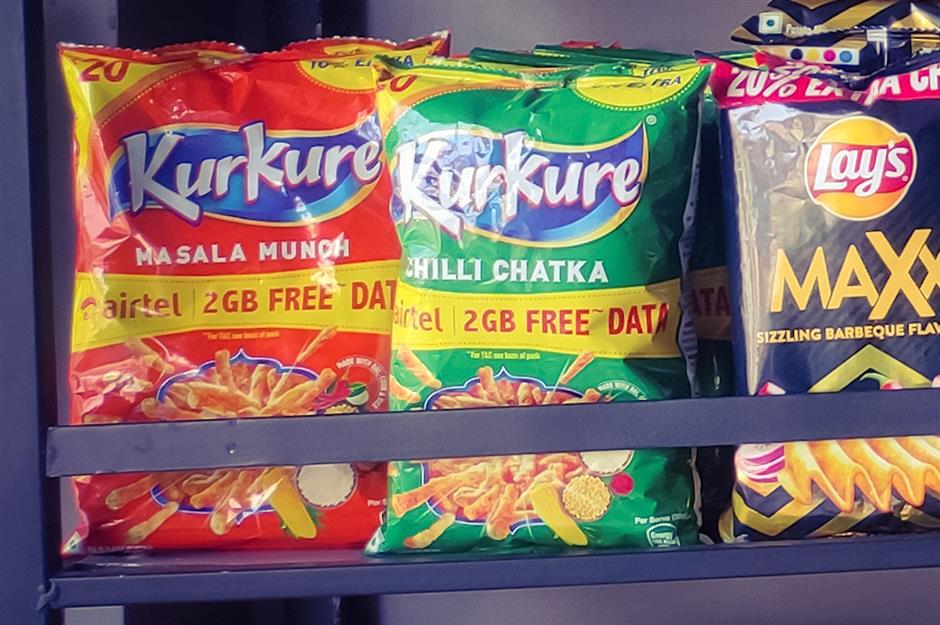
Typical monthly plans are astonishingly cheap in India. This phenomenon stems from 2016 when telecommunications company Reliance Jio entered the market and unleashed a wave of hyper-competition by offering incredibly low-cost deals.
In a nation where broadband coverage can be patchy and unreliable, mobile data has become the primary way people access the internet, creating huge demand. This demand, coupled with the fierce competition among providers, has driven prices right down. In fact, mobile data is so inexpensive in India that it's often given away as a promotion, bundled with everyday items, including packets of crisps.
Russia: $6.15 (£4.67)

As is the case in India incomes are relatively modest in Russia, meaning mobile plan providers are restricted in terms of how much they can charge customers. Plus, lower incomes translate to lower operational costs. The country's market is highly competitive, which also contributes to the lower prices.
However, prices have risen significantly since Russia invaded Ukraine in 2022. The combination of Western sanctions and rampant inflation have markedly impacted costs, translating to bigger bills for the average Russian.
China: $9.86 (£7.49)
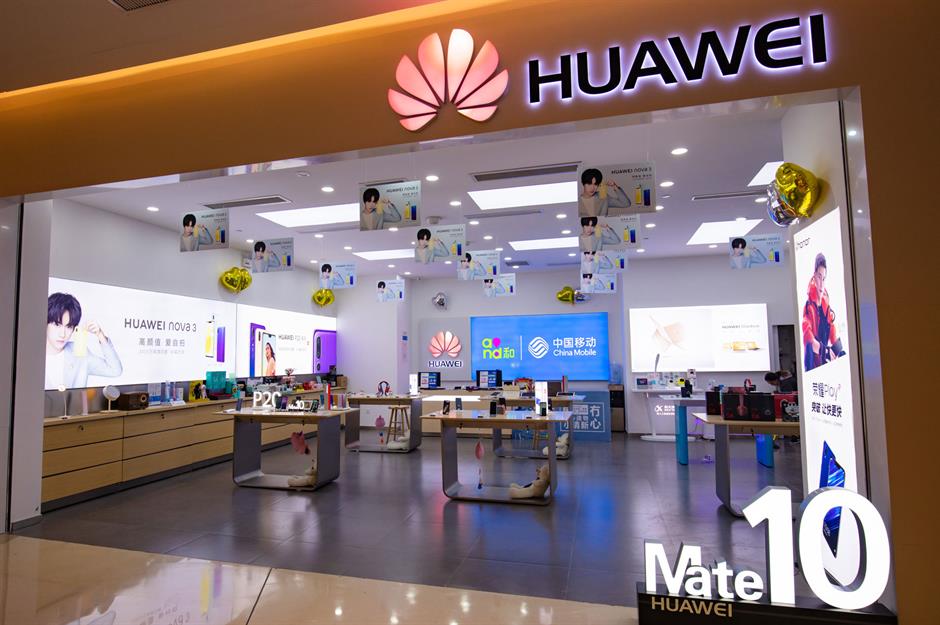
China has more mobile phone users than any other country and its penetration rate is among the highest globally. While the Great Firewall limits the number of websites citizens can access, smartphone use is ubiquitous and essential for everything from paying utility bills to shopping.
This high take-up keeps prices for mobile packages low. Moreover, China is extremely affordable for smartphones themselves. Manufacturers such as Huawei and Xiaomi benefit from lavish government subsidies, tax breaks and low production costs, driving down prices for the consumer.
Malaysia: $10.11 (£7.68)
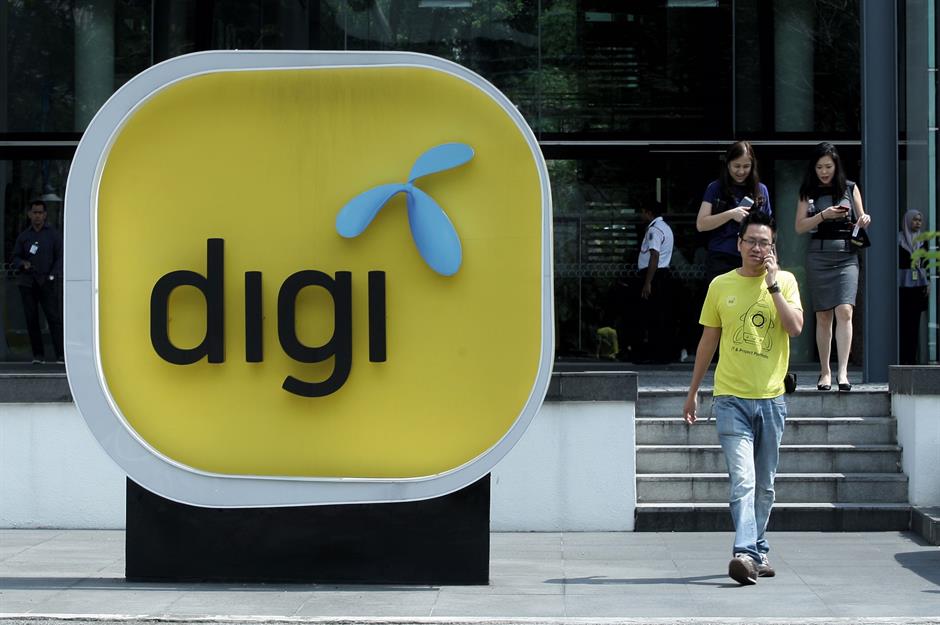
Malaysia's markedly affordable mobile plans are a result of competition between providers like Celcom, Digi and U Mobile, coupled with government initiatives to boost internet accessibility.
For instance, the Jaringan Prihatin initiative, which was launched in 2021, has provided heavily subsidised mobile packages to low-income citizens. Malaysia is also a mobile-first country, and high demand for mobile data keeps costs down due to economies of scale.
Brazil: $13.30 (£10.10)

Running a mobile phone in Brazil is cheap by international standards, although Colombia has the cheapest mobile plans in South America.
The major issue in Brazil from an affordability point of view is the relative expense of acquiring a handset in the first place. The Brazilian government imposes punishing import taxes, which pushes up the cost of dumb and smartphones. This makes higher-end iPhones or Samsung devices luxuries for many people.
Thailand: $13.51 (£10.26)
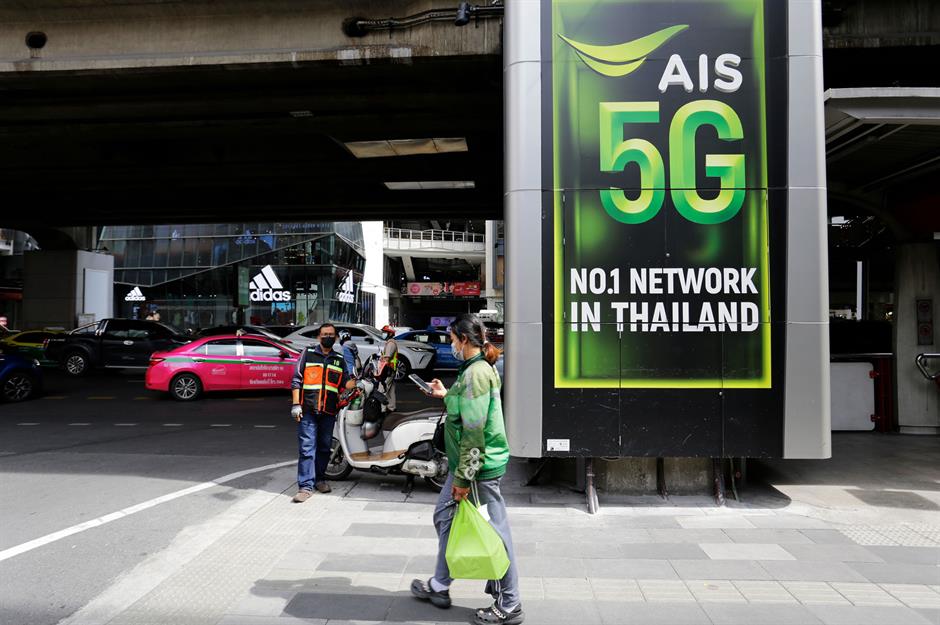
Thailand is a mobile-first country, so mobile data is considered a necessity, contributing to lower costs for monthly packages.
Plus, robust competition exists between the four main operators – AIS, True, DTAC, and Tot Mobile – while the number of mobile virtual network operators (MVNOs) is increasing, thanks to efforts by the telecoms regulator to encourage their growth and further enhance market competitiveness.
UK: $16.90 (£12.83)

The UK is one of the cheapest Western European countries for a basic mobile plan, with a typical tariff including calls and 10GB+ data priced at a reasonable $16.90 (£12.83) per month, according to Numbeo.
Decent competition among providers is key to these low prices. Regulator Ofcom also plays a part in lowering costs. Last year, for example, it banned mid-contract price rises linked to inflation, which providers were increasingly imposing on customers, much to their annoyance.
Singapore: $17.69 (£13.43)

The price of running a phone has dropped significantly in Singapore over the past eight years. MVNO Circles.Life got the ball rolling in 2017 when it introduced a no-contract plan offering 20GB for S$20 ($14.60/£11.09) a month, massively undercutting the three existing providers, Singtel, StarHub and M1.
Then, in 2020, TPG joined the fray with an even juicier deal: 50GB for S$10 ($7.30/£5.54) per month. This has forced the traditional Big Three providers to cut their prices, and the city-state now has some of the cheapest contracts in the world relative to average earnings.
Spain: $20.07 (£15.24)
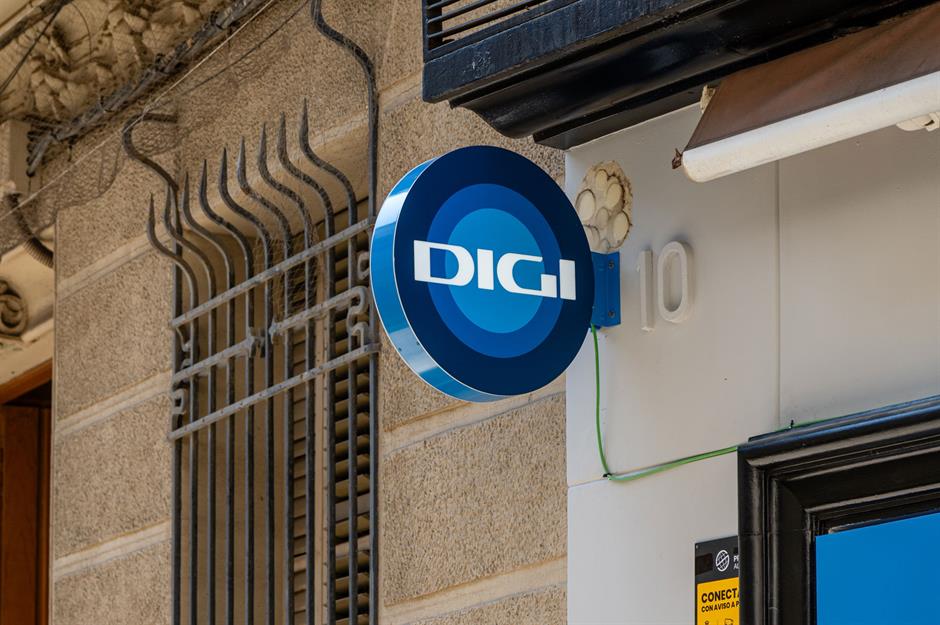
Customers in Spain pay some of the lowest prices in Western Europe for their mobile packages and drive an especially hard bargain.
When the leading operators such as Movistar, Vodafone and Yoigo/MásMóvil hiked prices in line with and above inflation in 2023, customers ditched them en masse for DIGI, an upstart MVNO that offers cut-price plans. In a hyper-competitive market, providers hike tariffs at their peril.
Austria: $20.66 (£15.69)

Like the Spanish, Austrians are especially price-conscious when it comes to mobile plans. In April last year, the traditional providers hiked prices by 7.8% in line with inflation. But relative newcomers such as HoT and Spusu made a point of not raising prices. HoT even went so far as to increase data allowances for all customers by 7.8% as a symbolic gesture of goodwill.
Needless to say, this has boosted its popularity and market share in the country.
Ireland: $23.36 (£17.74)
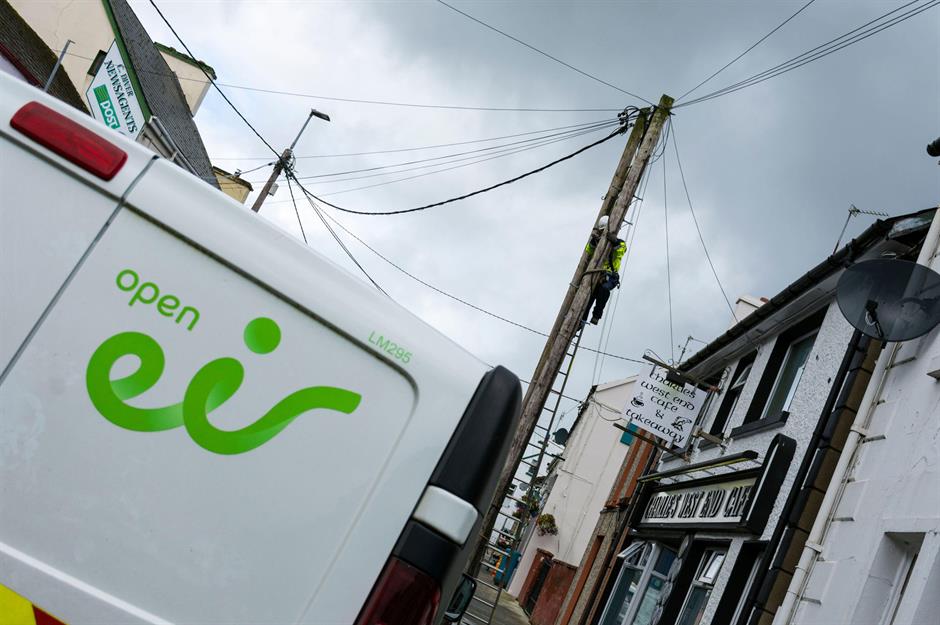
Competition among providers is healthy in Ireland, where the three major network providers, Three, Vodafone and eir, fight it out with seven MVNOs for customers.
Yet many Irish mobile users pay too much for their plans due to inflation-linked price rises, outdated contracts and unnecessary phone upgrades. Research from newcomer Sky Mobile revealed last year that as many as 300,000 customers are overpaying for bills based on phone subsidies that are already paid off.
Belgium: $23.43 (£17.79)
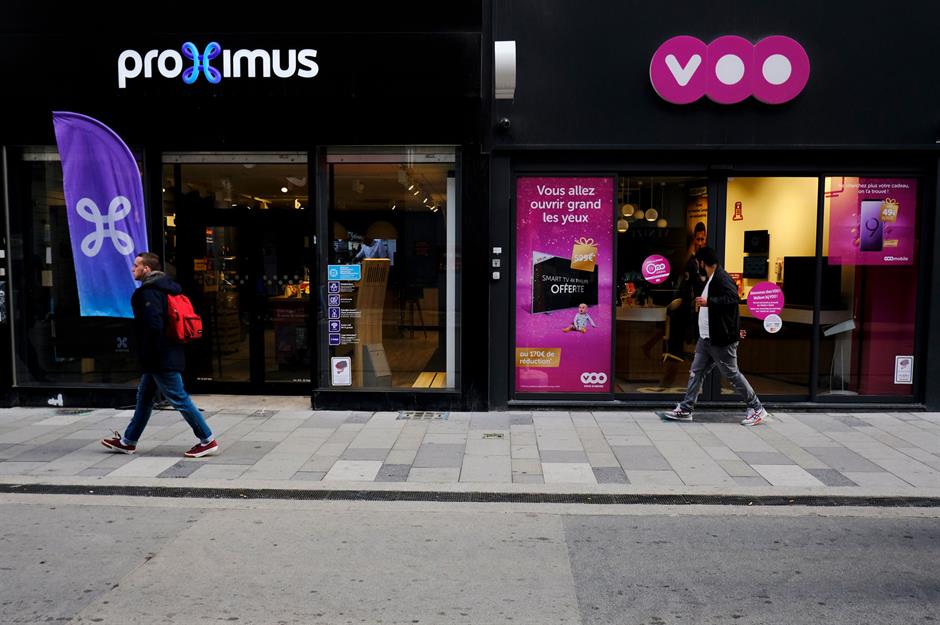
There are three network providers in Belgium, Proximus, Orange and Telenet/BASE, as well as a number of MVNOs.
Prices for mobile packages in Belgium don't tend to be the cheapest, but the arrival of DIGI, which launched in the country in December 2024, has put the cat among the pigeons. The industry disruptor is offering unlimited calls and texts, along with 15GB data for a bargain €5 ($5.69/£4.32) per month.
France: $26.10 (£19.81)
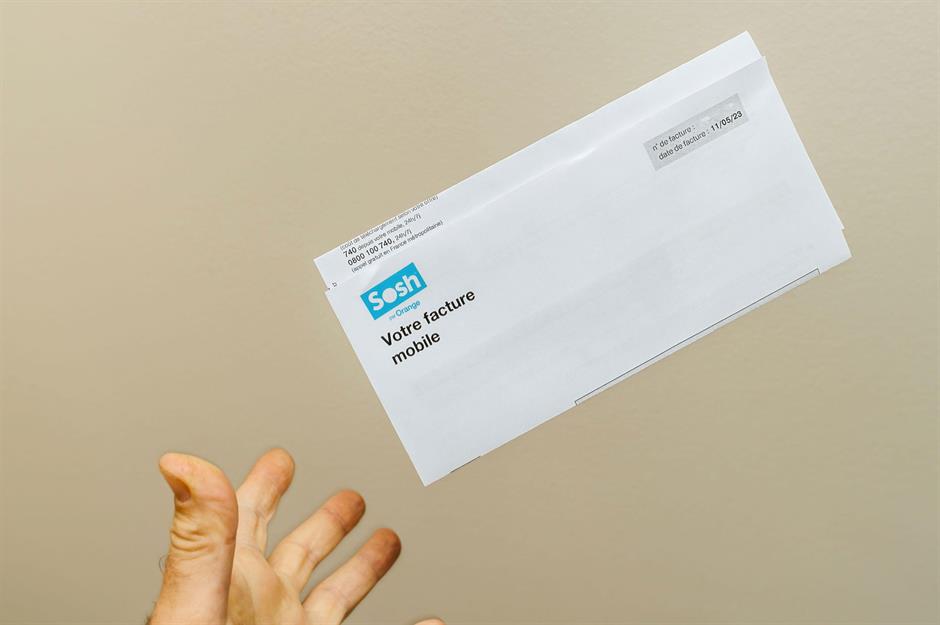
The typical price for a monthly package including calls and 10GB+ data may be $26.10 (£19.81) in France, according to Numbeo, but the country is awash with budget-friendly MVNOs that offer customers impressive savings.
Orange's Sosh has offered the lowest prices for quite some time, but Lebara currently has the most affordable packages. Its cheapest deal, which includes unlimited calls and texts and a generous 60GB of data, comes in at a mere €5.99 ($6.82/£5.17) per month.
Australia: $26.15 (£19.84)

The Aussie Big Three network providers Telstra, Optus and Vodafone aren't renowned for offering cheap deals, but they justify higher prices by ostensibly offering a superior service.
MVNOs are the way to go in the country if affordability is the primary concern. By way of example, iinet and TPG are currently offering plans that include 25GB data, which start at A$12.50 ($7.91/£6) per month for six months, then increase to A$25 ($15.81/£12) a month for the remainder of the 24-month contract.
Japan: $27.27 (£20.69)
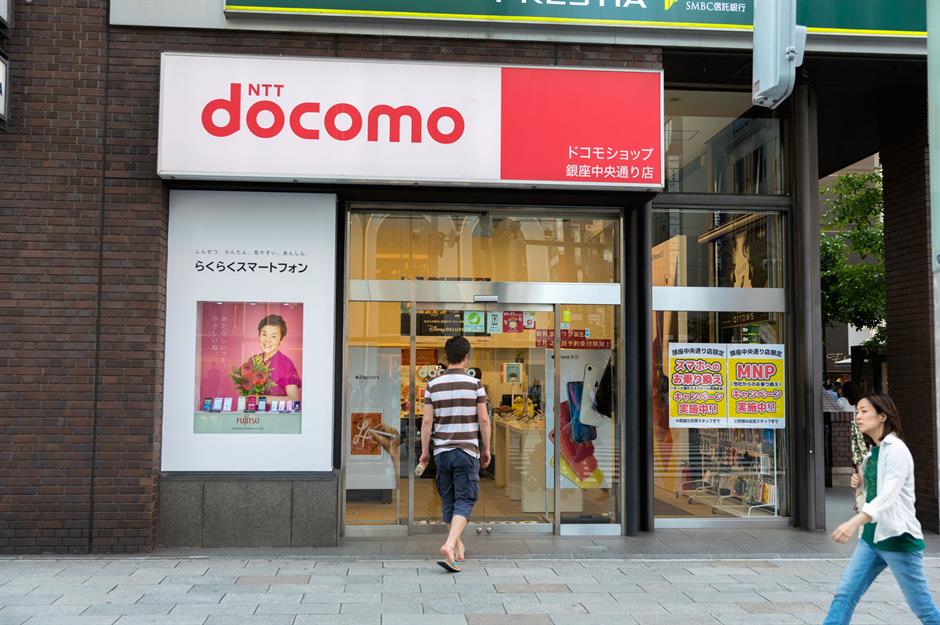
Similarly, mobile packages from Japan's leading carriers Docomo, AU and Softbank can be quite expensive, according to Japan Living Guide.
MVNOs undercut the major network operators in price, but the service they offer can be inferior and coverage can be an issue in the more rural parts of the country.
Germany: $27.70 (£21.02)
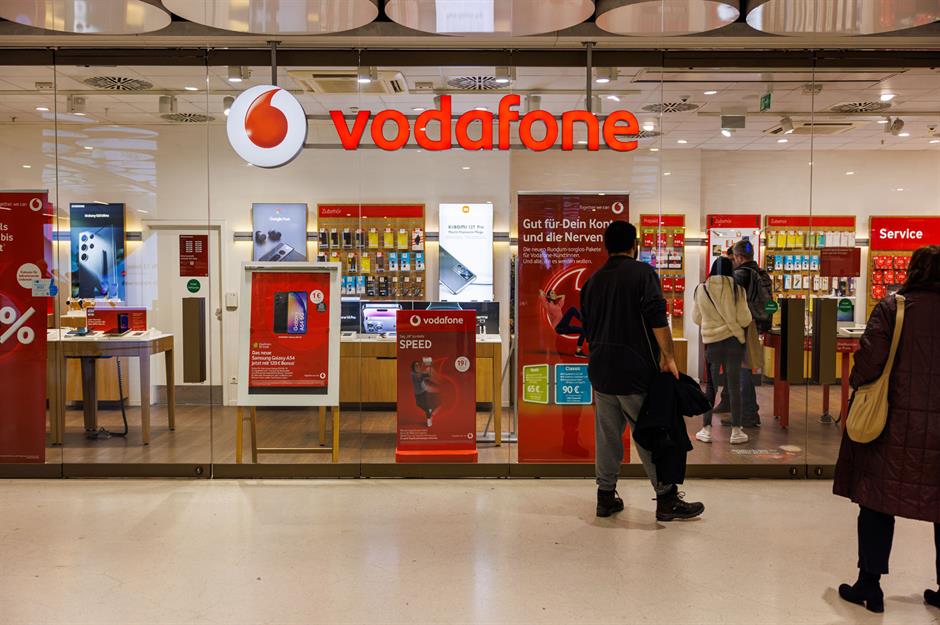
Germany has over 100 mobile plan providers, but competition is relatively weak in the country. According to research from comparison site Verivox, the three major players, Telekom, Vodafone and O2, dominate the market and many of the smaller providers simply offer 'clone' tariffs.
This keeps prices high compared to other European countries with more dynamic mobile markets. Other factors include higher operational costs and increased red tape.
Philippines: $29.45 (£22.34)
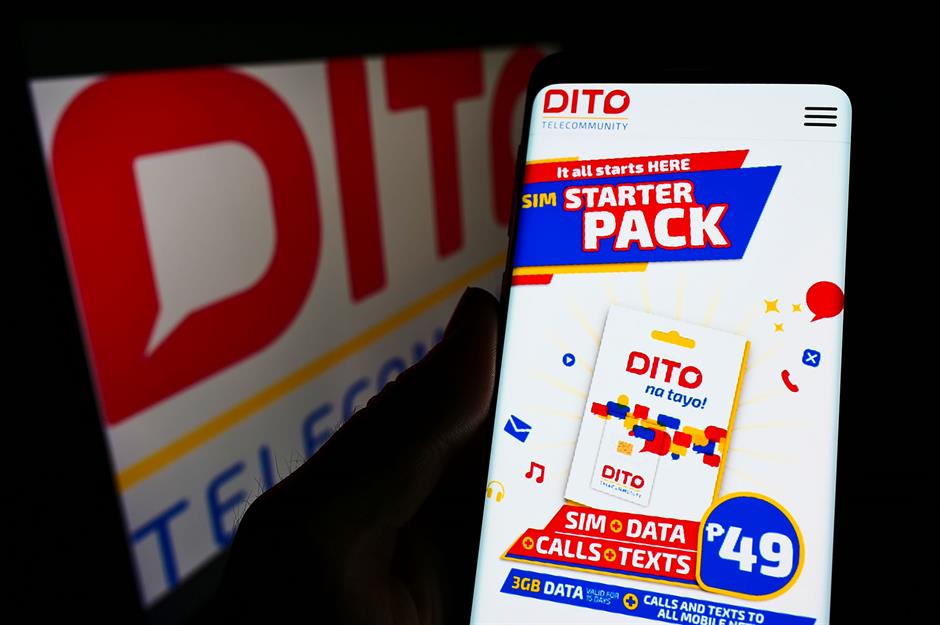
A lack of competition is also behind the generally high cost of mobile plans in the Philippines. In relation to other countries in the region, costs are exorbitant.
For years, the market was dominated by just two providers, Globe and Smart. They were recently joined by Dito Telecommunity, breaking the duopoly to some extent. But while this upstart has the lowest prices, its coverage is reportedly poor.
South Africa: $29.90 (£22.69)

South Africans continue to pay a premium for their mobile plans by global standards, though operators claim to have reduced costs in recent years. Several issues, from high spectrum costs to inflation and theft of telecoms infrastructure make mobile services costly in the Rainbow Nation.
The excessive costs have prompted mass demonstrations and calls from government officials for greater affordability and increased competition in the telecoms market.
New Zealand: $34.33 (£26.12)

New Zealanders pay bumper prices for their mobile plans. The country is sparsely populated and infrastructure investment is expensive compared to Europe, where population densities are much higher. There's also less competition among the country's mobile providers.
Additionally, New Zealanders consume a lot less mobile data in comparison, relying more on fixed broadband connections to access the internet.
Canada: $45.40 (£34.45)

Competition is also severely lacking in the Canadian market, which is hogged by the Big Three network providers, Bell, Rogers and Telus. This keeps prices high, together with other factors.
As is the case in New Zealand, Canada's sparse population makes infrastructure exceptionally expensive to build and maintain. Government regulation is relatively weak too. With little oversight, the Big Three are free to charge what they like. It's hardly surprising then that the typical monthly mobile plan is so costly in the country.
Switzerland: $52.79 (£40.05)

With the average cost of a tariff coming in at a hefty $52.79 (£40.05) per month for calls and 10GB+ data, Switzerland is an outlier in Europe, where mobile costs are generally reasonable.
Factors such as the country's high wages bump up operational costs for providers. Compounding the issue is the fact that competition is very weak in the affluent nation, with the market dominated by just one company, Swisscom.
USA: $57.19 (£43.39)

Americans get an especially raw deal compared to other countries. Mobile plans are eye-wateringly expensive in the country, and according to a survey by comparison site WhistleOut, 86% of US customers say they believe they pay too much.
Competition is muted in the nation. The Big Three, AT&T, Verizon and T-Mobile, have a stranglehold on the market. Other reasons include steep infrastructure costs, punishing state and federal taxes and other sometimes hidden surcharges, costly spectrum licences and weaker regulation.
UAE: $58.46 (£44.35)
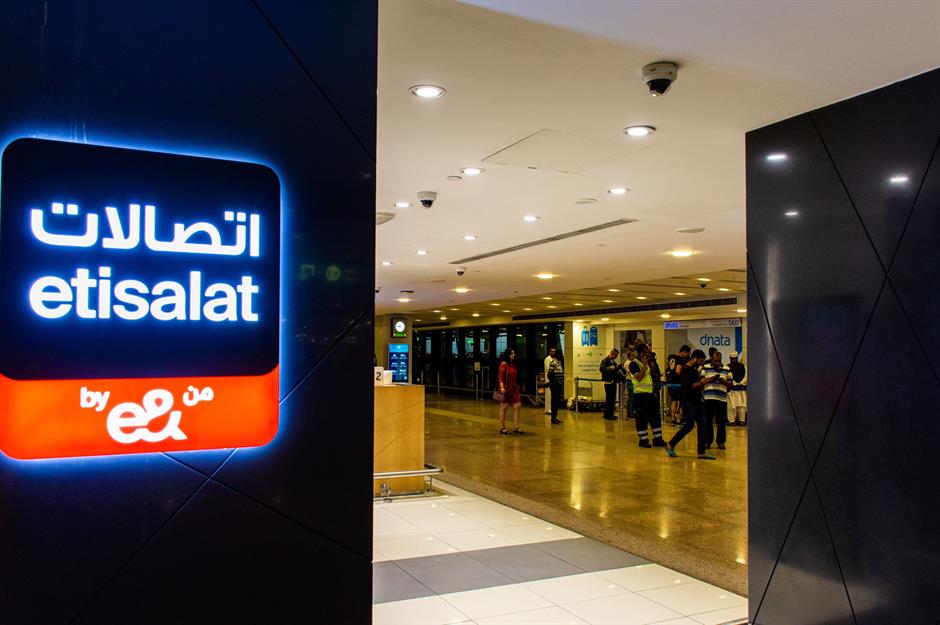
Running a mobile phone is super-pricey in the UAE. The typical tariff will set you back a whopping $58.46 (£44.35) per month for calls and 10GB+ data. Yet again, a lack of competition is to blame.
The country has just two providers, Etisalat/e& and Du, which are owned by the state. This tightly controlled duopoly stifles competition and allows these carriers to maintain high prices with little incentive to offer more affordable options.
Now discover what the average person earns in different countries around the world
Comments
Be the first to comment
Do you want to comment on this article? You need to be signed in for this feature